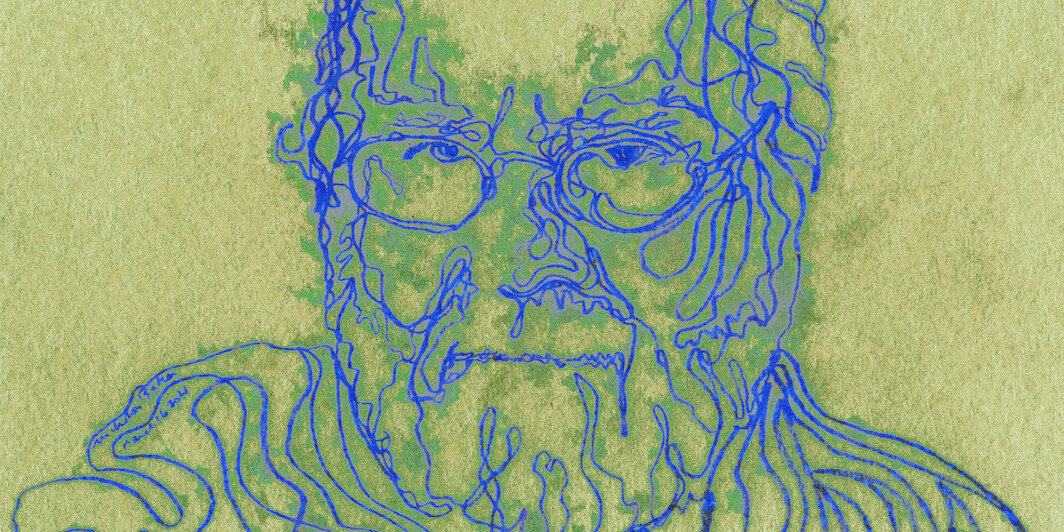Ways of Seeing
ALEXANDER POPE, WROTE NICHOLSON BAKER in a roaming 1995 essay about allegorical uses of the word “lumber,” was “one of the most skilled word-pickers and word-packers in literary history.” Across three erotic novels, seven non-erotic novels, four nonfiction books, two essay collections, and one work of autocriticism about John Updike, Baker has proved himself to be among the great picker-packers too, especially in the fertile, anything-grows orchards of figurative language. Similes, analogies, metaphors, and euphemisms are Baker’s uncontested territory. Few areas of knowledge have evaded his










![Rembrandt, The Angel preventing Abraham from sacrificing his son, Isaac, ca.1634-35, chalk and wash on paper, 7 3/4" × 5 3/4". Image: Wikicommons/The British Museum [[PD-US]].](http://www.bookforum.com/uploads/upload.000/id25349/featured00_landscape.jpg)

